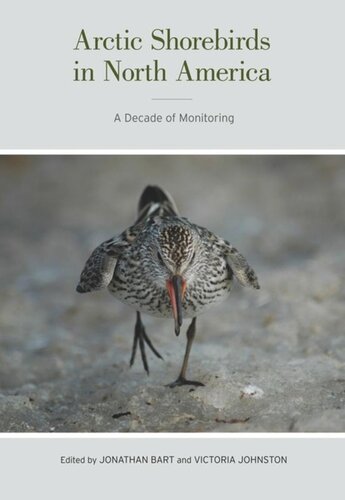

Most ebook files are in PDF format, so you can easily read them using various software such as Foxit Reader or directly on the Google Chrome browser.
Some ebook files are released by publishers in other formats such as .awz, .mobi, .epub, .fb2, etc. You may need to install specific software to read these formats on mobile/PC, such as Calibre.
Please read the tutorial at this link: https://ebookbell.com/faq
We offer FREE conversion to the popular formats you request; however, this may take some time. Therefore, right after payment, please email us, and we will try to provide the service as quickly as possible.
For some exceptional file formats or broken links (if any), please refrain from opening any disputes. Instead, email us first, and we will try to assist within a maximum of 6 hours.
EbookBell Team

0.0
0 reviewsEach year shorebirds from North and South America migrate thousands of miles to spend the summer in the Arctic. There they feed in shoreline marshes and estuaries along some of the most productive and pristine coasts anywhere. With so much available food they are able to reproduce almost explosively; and as winter approaches, they retreat south along with their offspring, to return to the Arctic the following spring. This remarkable pattern of movement and activity has been the object of intensive study by an international team of ornithologists who have spent a decade counting, surveying, and observing these shorebirds. In this important synthetic work, they address multiple questions about these migratory bird populations. How many birds occupy Arctic ecosystems each summer? How long do visiting shorebirds linger before heading south? How fecund are these birds? Where exactly do they migrate and where exactly do they return? Are their populations growing or shrinking? The results of this study are crucial for better understanding how environmental policies will influence Arctic habitats as well as the far-ranging winter habitats used by migratory shorebirds.